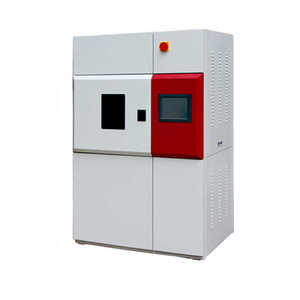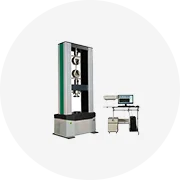Understanding the Light Fastness Testing Machine
In the realm of material quality assessment, a light fastness testing machine is indispensable for industries such as textiles, coatings, and plastics. This machine assesses how resistant a material is to fading when exposed to light, particularly ultraviolet (UV) rays. With the right technology at their disposal, manufacturers can ensure their products maintain color integrity over time, a key factor in consumer satisfaction.
Types of Light Fastness Testing Machines
- Standard Xenon Arc Testers: These machines employ xenon lamps that replicate sunlight to determine the light fastness of colors. They are widely used due to their effectiveness in simulating real-world conditions.
- Fluorescent UV Testers: Utilizing fluorescent lights to emit UV radiation, these testers are suited for materials that are particularly sensitive to light exposure.
- Atmospheric Testers: These machines not only evaluate light resistance but also factor in the effects of moisture and pollutants, providing a comprehensive analysis of durability.
- Customizable Test Systems: Tailored for specific industry needs, these testers allow users to modify exposure settings, making them ideal for research and development purposes.
Features and Functions of a Light Fastness Testing Machine
- Controlled Test Environment: A vital feature that ensures consistency in testing conditions, allowing for reliable results across all samples.
- Automatic Data Recording: With integrated software, these machines can automatically log data, facilitating easier analysis and comparison of results.
- Diverse Testing Programs: Users can access an array of testing protocols tailored to various materials and standards, enhancing the versatility of the machine.
- UV Filter Monitors: Many advanced models come equipped with monitors that can assess the intensity of UV exposure, ensuring accurate readings are maintained throughout testing.
Applications of Light Fastness Testing Machines
- Textile Industry: Essential for assessing the longevity of colors in fabrics, ensuring that garments retain their aesthetic appeal after washing and exposure to light.
- Paint and Coatings: In the coatings industry, determining how colors hold up under sunlight is critical for product longevity and marketability.
- Plastics and Polymers: Used to evaluate how colored plastics resist fading, which is crucial for outdoor applications.
- Graphic Arts and Print: Ensures that prints maintain their vibrancy in various lighting conditions, which is of utmost importance in advertising and branding.
Advantages of Using a Light Fastness Testing Machine
- Quality Assurance: Regular testing helps maintain high standards, ensuring products meet customer expectations and industry regulations.
- Research and Development: Facilitates innovation by enabling product developers to create formulations that enhance lightfastness.
- Cost-Effectiveness: By identifying potential failures early, manufacturers can avoid costly recalls and reworks, saving time and money.
- Improved Market Reputation: Companies that consistently deliver quality products benefit from positive reviews and customer loyalty.













































































































































































































































 浙公网安备 33010002000092号
浙公网安备 33010002000092号 浙B2-20120091-4
浙B2-20120091-4